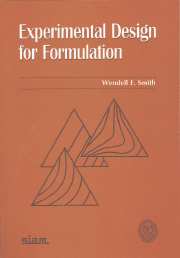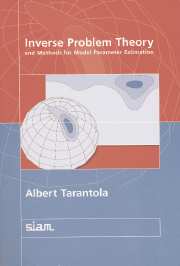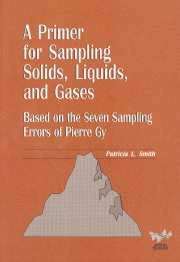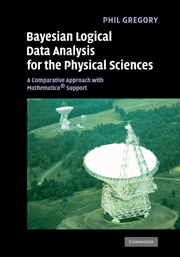Experimental Design for Formulation
This book describes a systematic methodology for formulating mixed-ingredient products so that they perform to particular standards, providing scientists and engineers with a fast track to the implementation of the methodology. Examples from a wide variety of fields are included, as well as a discussion of how to design experiments for a mixture setting and how to fit and interpret models in a mixture setting. It also introduces process variables, the combining of mixture and nonmixture variables in a designed experiment, and the concept of collinearity and the possible problems that can result from its presence. The book is a useful manual for the formulator and can also be used by a resident statistician to teach an in-house short course. Statistical proofs are largely absent, and the formulas that are presented are included to explain how the various software packages carry out the analysis.
- Intended for formulators in industry as well as senior undergraduate and beginning graduate students in statistics
- Also suitable for a wider audience that includes students and researchers in the physical sciences, engineering disciplines, and statistics
- It is assumed the reader is familiar with basic experimental designs and methods for modeling data and interpreting models in these settings
Reviews & endorsements
'I have long awaited Dr. Smith's text and now that it is in print I am pleased to offer my heartiest congratulations on a job well done. I am very impressed by the amount of discussion in the text devoted to the topics of model building and model evaluation and I hope the software companies that support the fitting of mixture models will incorporate the topics discussed in the text in their software.' John A. Cornell, Professor Emeritus of Statistics, University of Florida
Product details
April 2005Paperback
9780898715804
390 pages
253 × 177 × 21 mm
0.684kg
Available
Table of Contents
- Preface
- Part I. Preliminaries:
- 1. Introduction
- 2. Mixture space
- 3. Models for a mixture setting
- Part II. Design:
- 4. Designs for simplex-shaped regions
- 5. Designs for non-simplex-shaped regions
- 6. Design evaluation
- 7. Blocking mixture experiments
- Appendix 7A
- Part III. Analysis:
- 8. Building models in a mixture setting
- 9. Model evaluation
- 10. Model revision
- 11. Effects
- 12. Optimization
- Part IV. Special Topics:
- 13. Including process variables
- 14. Collinearity
- Bibliography
- Index.





